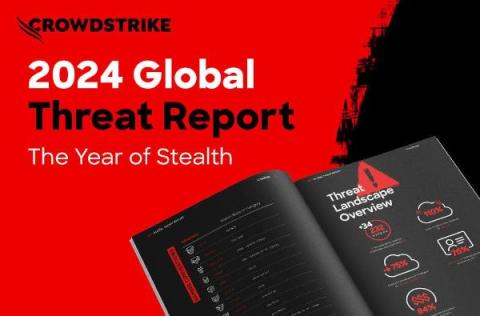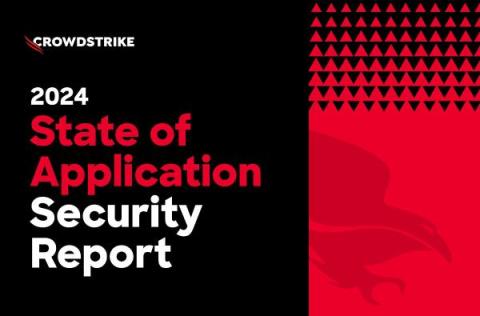Still Alive: Updates for Well-Known Latin America eCrime Malware Identified in 2023
Latin America (LATAM) is a growing market, and threat actors have used numerous eCrime malware variants to target users in this region. Over the past few years, many researchers have characterized the tactics, techniques and procedures (TTPs) of widespread Latin America malware families, including but not limited to Mispadu, Grandoreiro, Mekotio, Casbaneiro, Metamorfo and Astaroth.











